Trip out to the burbs of BA and wonder at the 1970’s wonky reality built by a terminally ill Argentine businessman who never gave up. Welcome to ‘Campanopolis.’
CAMPANOPOLIS – A MEDIEVAL MARVEL FOUNDED ON A MILLIONAIRES’ DREAM


Trip out to the burbs of BA and wonder at the 1970’s wonky reality built by a terminally ill Argentine businessman who never gave up. Welcome to ‘Campanopolis.’
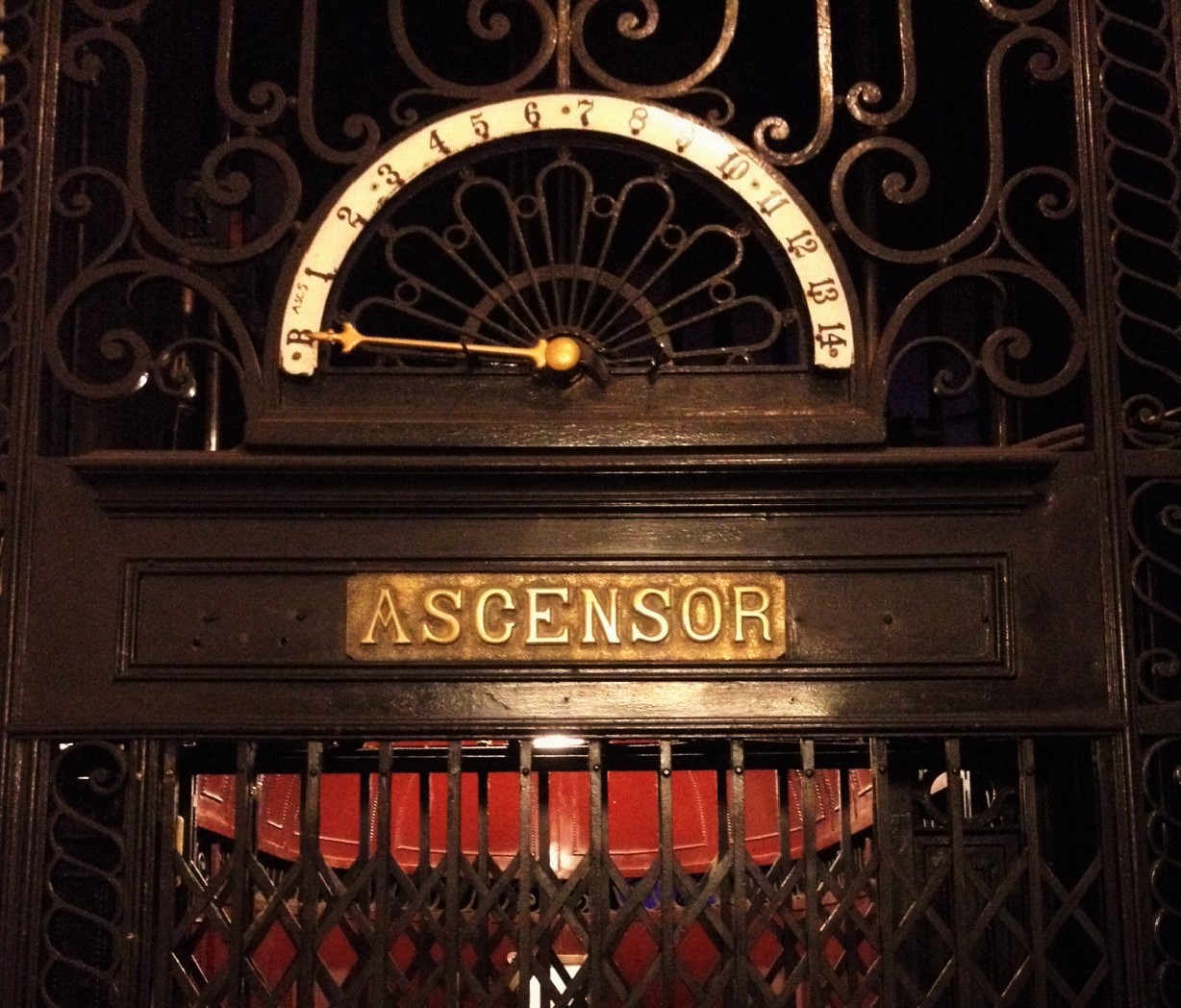
Buenos Aires is known for its varied and often schizophrenic architecture. In the historical centre of the city, numerous buildings have more than a few unifying characteristics; the symbolic flourishes of Freemasonry.
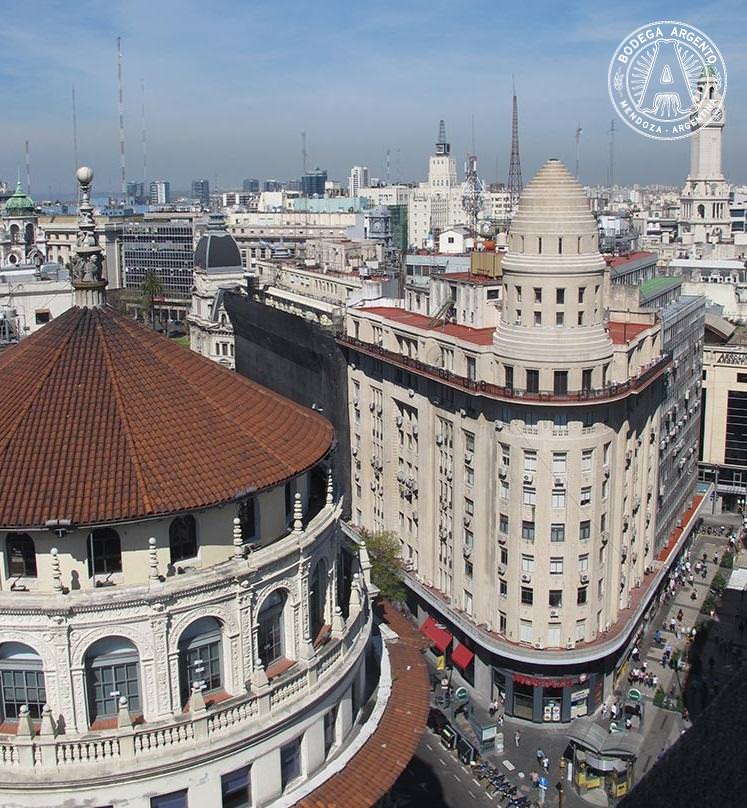
A free invitation to peek behind BA’s closed doors
Nosing around buildings and peering into people’s living rooms is a favourite personal past time but let’s face it, plenty of disgruntled residents would prefer me to keep my beak out. Open House festival however, gives everyone license to snoop around, some of Buenos Aires’ most revered and interesting spaces for free, over a playful 48 hours.
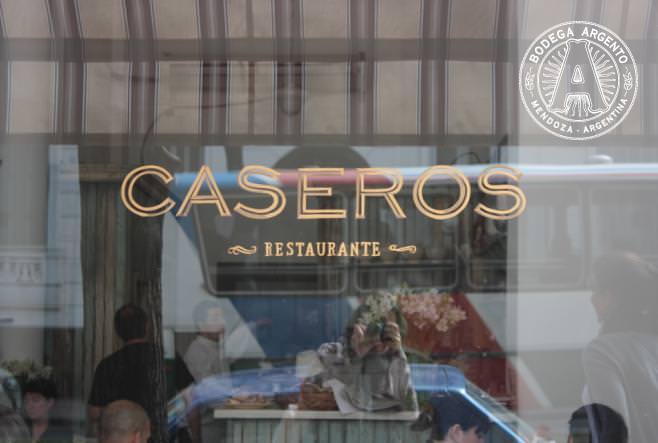
The Caseros Avenue is one of the prettiest streets in Buenos Aires. Find some of the beautiful buildings which hold a great deal of good restaurants in San Telmo, just one bit of Buenos Aires city.
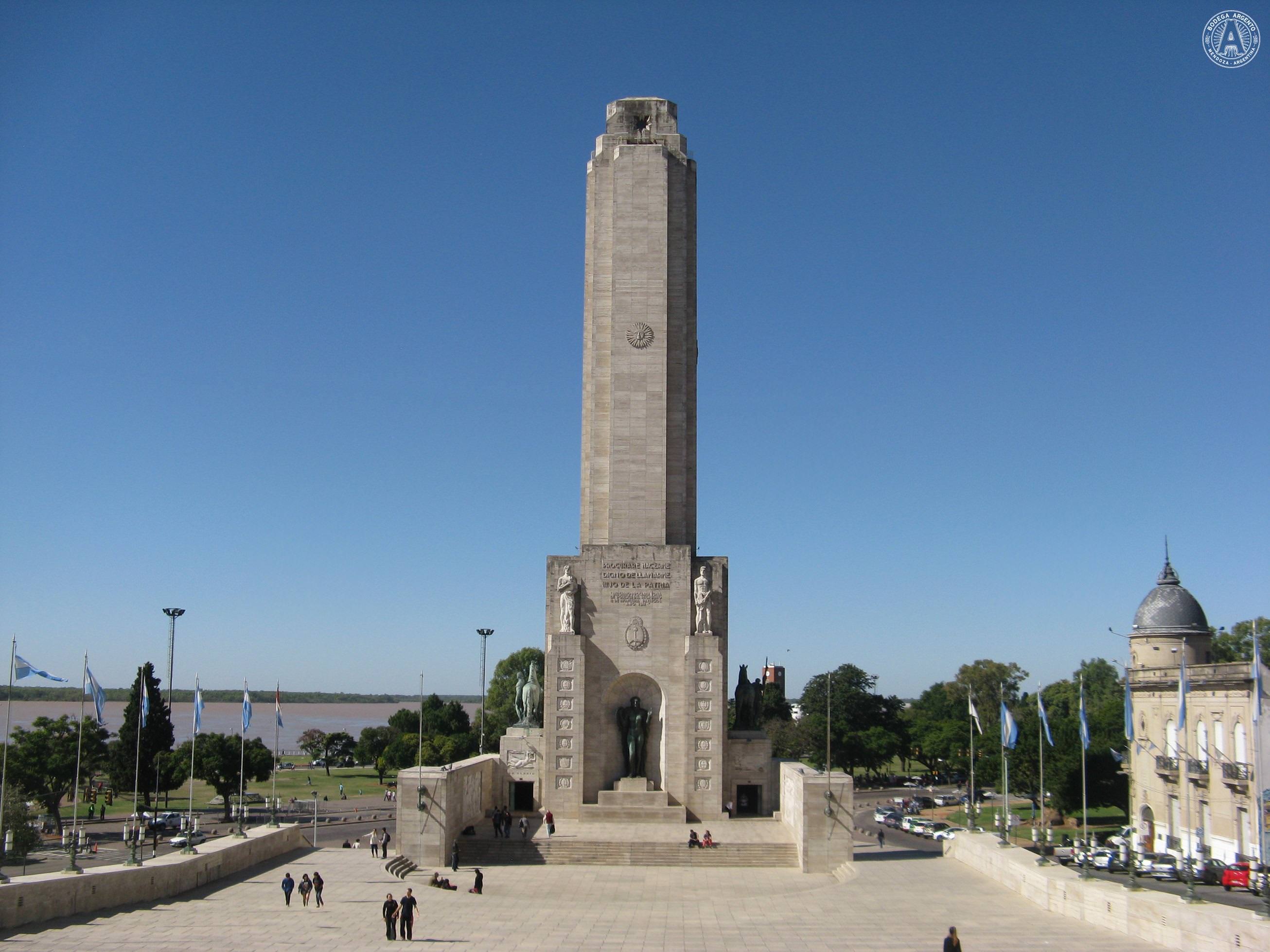
In Rosario the Río Paraná dominates the urban landscape, its tea-brown waters setting the scene for riverside dining, drinking, strolling, and chilling out on peaceful river islands. While Buenos Aires bursts with capital city pride, Rosario paddles its feet in the water….

Baptised as the ‘land of silver,’ Argentina has long been associated with the shiny noble metal, right back to its very beginnings as a country. Legend has it the early Spanish and Portuguese conquerors of the 16th century acquired a variety of beautiful silver objects from the Guaraní tribes down the Rio de La Plata (a.k.a. Silver River)…
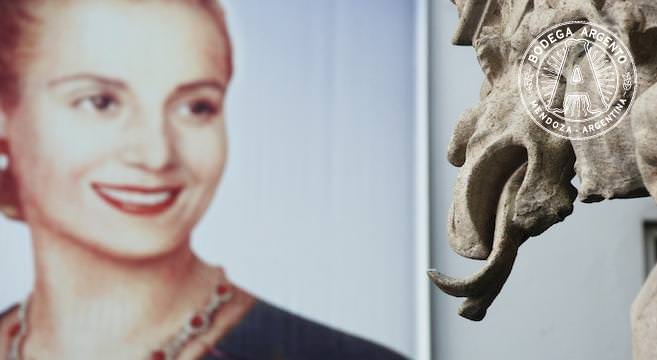
Argentina’s ‘It’ couple from his presidential election in 1946 until her death in 1952, Juan Domingo Perón (not usually known as JD) and María Eva Duarte (always known as Evita) shook up the country’s politics via the Partido Justicialista (PJ) party they founded, scandalised and angered the upper class, wriggled their way into the hearts of millions living below the poverty line with populist policies and added a thorough dose of socialist glamour as they led Argentina.
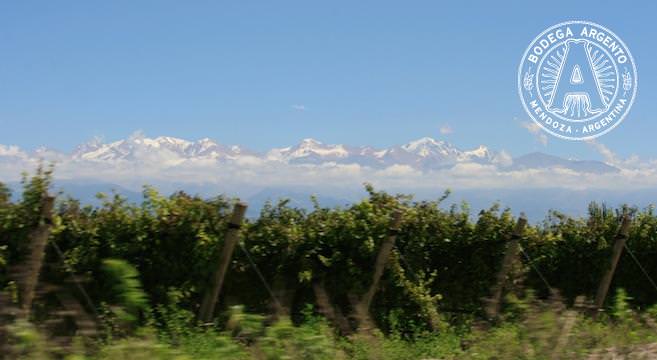
Few people beyond South American shores realise that Argentina is the fifth biggest wine producer in the world, making myriad varieties from vineyards that stretch from lofty Salta in the North West to the windswept river valleys of Patagonia in the south. From aromatic, spicy Torrontés to supple Pinot Noirs, by way of Viognier, Chardonnay, Cabernets Franc and Sauvingon, plus up-and-coming grapes such as Bonarda and Tempranillo, Argentina’s rich heritage of vines delivers a surprising wealth of styles.
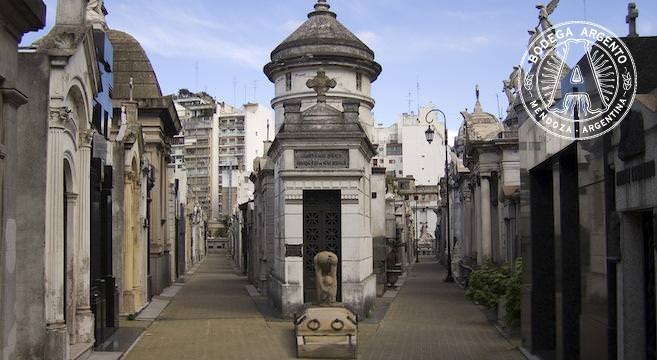
From its beginnings as a riverside settlement, to its present day status as one of the world’s largest cities 400 years later, Buenos Aires has fit an awful lot in. It’s been wealthy and glorious, it’s been battered and broke. Its life, as scientist Jared Diamond would say, has ben shaped by guns, germs and steel. Yet such is the city’s short, intense life, most of the influential buildings are still here to be seen and explored, the museums add essential detail, while the tombs of the country’s great, good and downright dastardly can still be seen in the great city of the dead: Recoleta Cemetery.
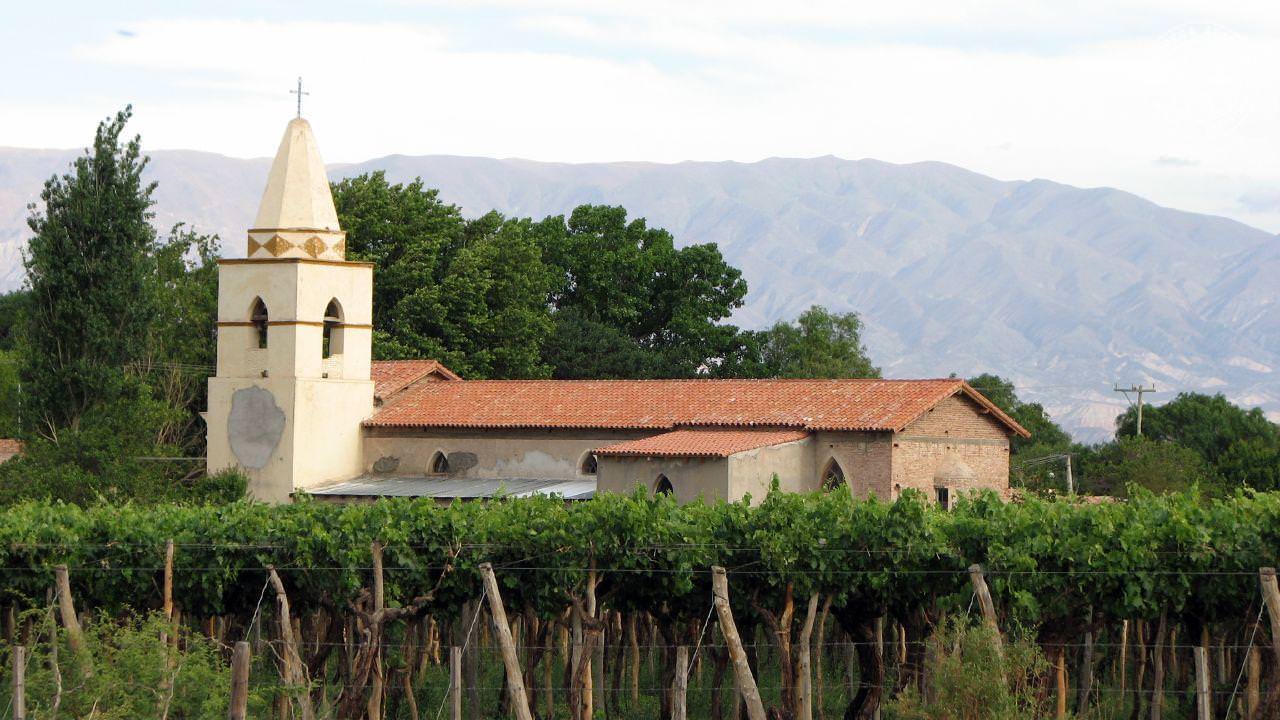
The term “New World” is a pretty intriguing concept when it comes to Argentine winemaking given that its history stretches back some four and a half centuries. As with much of the Americas, it’s a story that involves Spanish conquistadors, Catholic missionaries, European migrants and, more latterly, the coming of the railway. To put this into perspective, the English Tudor monarch King Henry VIII had only just died when the first vitis vinifera cuttings (the wine grape vine) were planted in what was to become Argentine soil.